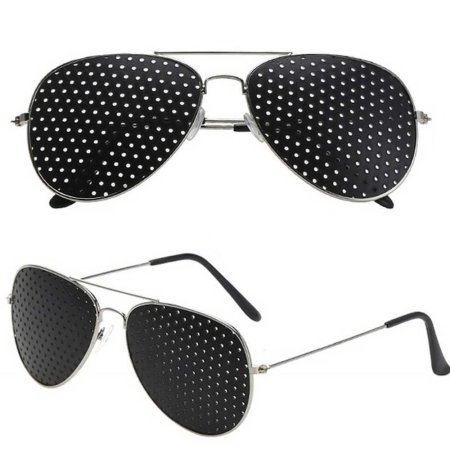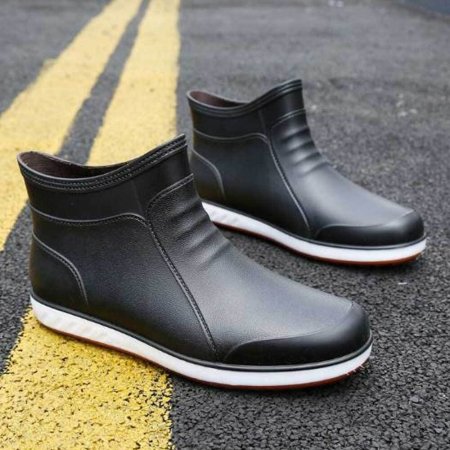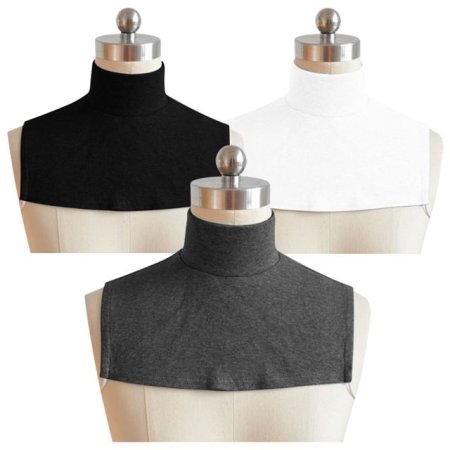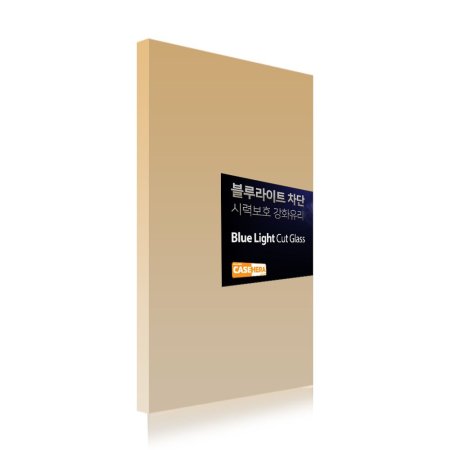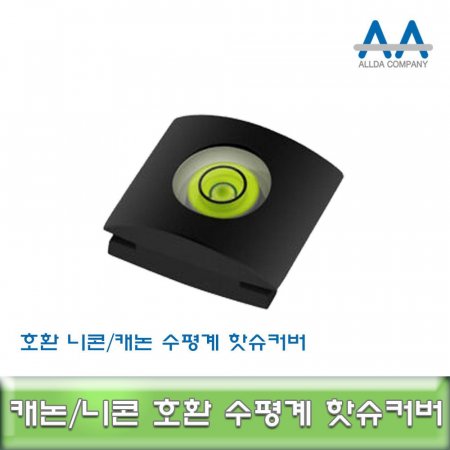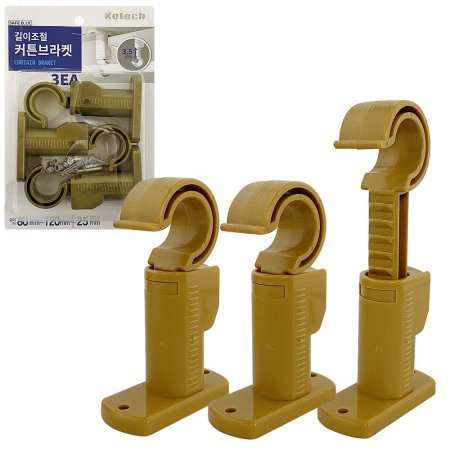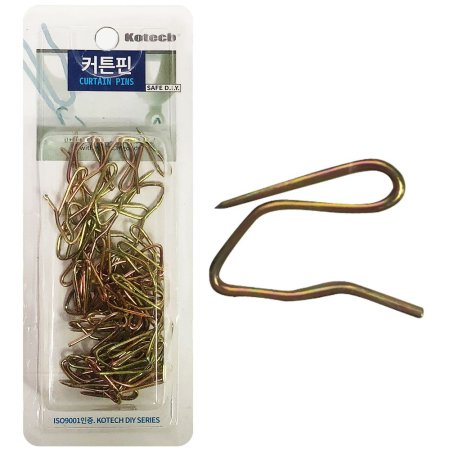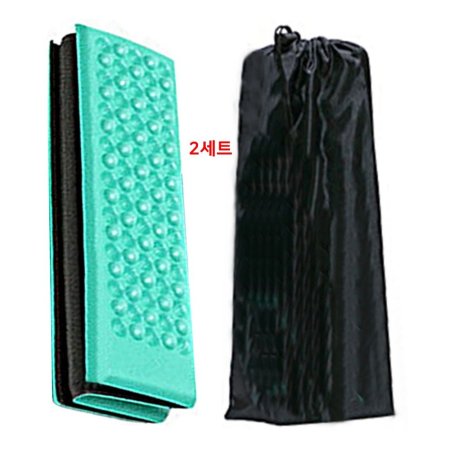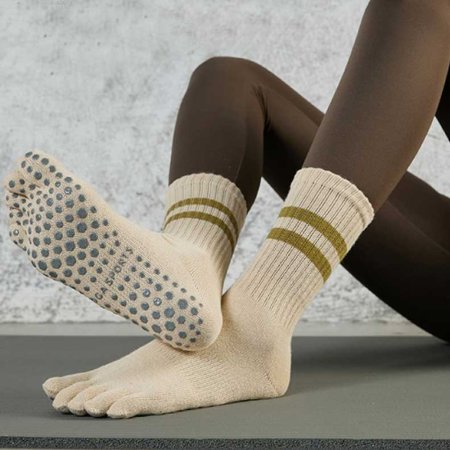SEA software to be tested as part of RN ASW Spearhead programme
Sonar 2087 (the variable depth towed body is pictured here) remains the RN surface fleet's principal long-range ASW sensor. SEA's software application is designed to automatically determine the optimum deployment depth of an active sonar projector and the receive array within the water column. (Richard Scott/NAVYPIX)
UK company Systems Engineering and Assessment (SEA) has been tasked to demonstrate a software application designed to enhance the performance of the UK Royal Navy's (RN's) principal surface ship anti-submarine warfare (ASW) sonar system.
In a 16 April announcement, the company said it would work with prime contractor Thales UK to test the software under the umbrella of the RN's ASW Spearhead programme. While SEA has not explicitly identified the potential exploitation, it is understood to be a candidate solution for the Capability Insertion Project (CIP) designed to improve the performance of the Sonar 2087 variable depth low-frequency active/passive sonar system fitted to RN Type 23 frigates.
According to SEA, the software – which builds on the company's pedigree in underwater environmental modelling, sonar, and acoustics – is designed to automatically determine the optimum deployment depth of an active sonar projector and the receiving array within the water column according to the prevailing underwater environment. It added that the application, expected to be trialled later in 2024, is intended “to significantly enhance the Royal Navy's detection and tracking capability”.
The ability of sonar systems to detect and track submarines at range is significantly impacted by the variability of the ocean with regard to temperature and salinity, as these affect the propagation of sound underwater. SEA said that, alongside demonstrating its software application, it will also “actively contribute additional concepts to the ASW Spearhead programme, working with prime contractor Thales”.













